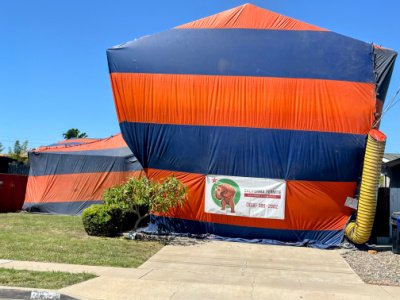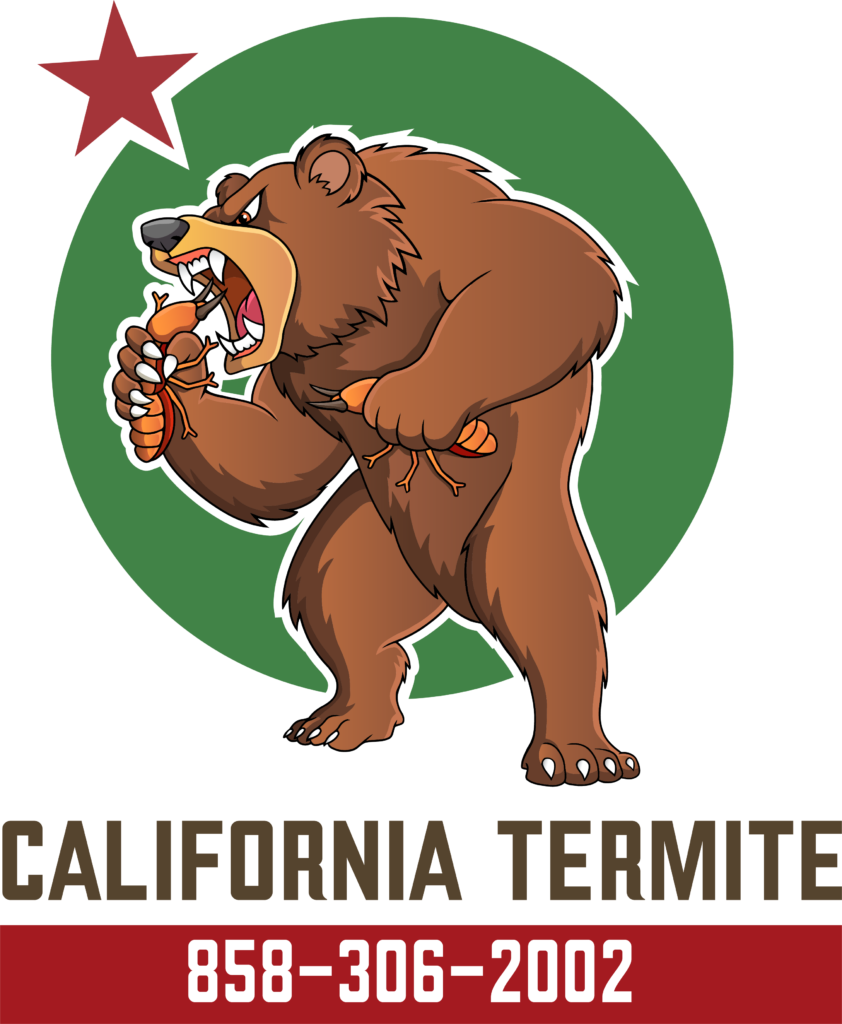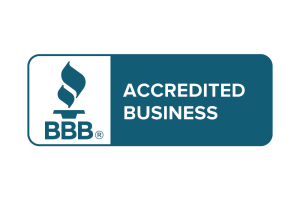Why Do I Have to Bag My Food but Not Wash My Dishes After a Fumigation?
 (and other tenting questions answered)
(and other tenting questions answered)
When it comes to fumigating your home for drywood termites, a lot of common questions come up. Here are clear answers to the ones we hear most often.
Why do I need to bag food and medicine?
It’s not because gas can get “trapped” inside the container. The real concern is that the fumigant can contaminate food or ingestible products. Special Nylofume bags prevent this.
Do I need to wash dishes, clothes, or bedding after fumigation?
No. The fumigant leaves no residue. Once the tent is removed and the gas has been safely vented, it’s completely gone. That’s why there’s no need to wash household items afterward.
Can I turn off my gas myself?
No. SDG&E must shut off the gas before fumigation. There are two reasons:
- The fumigant reacts dangerously with an open flame (like a pilot light).
- If there were a gas leak, the tent could fill with explosive gas.
Because of past accidents, only SDG&E is authorized to handle this step.
Do I need to bag everything in my refrigerator and freezer?
Yes. Even though items are cold, refrigerators and freezers circulate air from the home interior, which could pull fumigant inside. Bagging protects your food and other ingestible items.
Can I leave my outside cat behind?
Please don’t. Cats are resourceful and often find ways back inside their homes. If they enter the tent, they will not survive. Sadly, this has happened enough times that there’s even a cat disclosure form homeowners must sign.
Will my home and valuables be safe?
Yes. All doors will be locked, and fumigators add secondary locks so even someone with a key can’t enter. If you have a security system, it can be armed after the fumigators install the tent. For extra peace of mind, letting your local police know you’re tenting is a good idea. California Termite has also partnered with Aegis Security to provide enhanced security solutions if you want additional protection.
What’s the fumigation process like?
Day 1:
- SDG&E shuts off the gas (free of charge).
- The fumigation crew clears pathways, moves back mulch and gravel, and sets up the tent.
- Inside, they check that food is bagged, rooms are unlocked, attic hatches are open, and fans are in place.
- Warning signs are posted, and the fumigant is released.
Day 2:
- The crew returns to “cap” the tent, which means opening it up to allow the gas to escape.
Day 3:
- They test the air for safety, then remove the tent.
- SDG&E restores your gas (the homeowner must schedule).
- You can return home by noon that day.
Why choose California Termite?
At California Termite, we go the extra mile. Unlike most companies, we have a representative onsite during the tent setup. That makes a big difference. For example, we recently handled a large fumigation in Encinitas where none of the tenants bagged their food correctly. While the fumigators were setting up, our termite inspector rebagged everything—saving the landlord almost $1,000 in extra charges.
We also clean and mask old termite droppings in attics, crawlspaces, and garages so they aren’t mistaken as new activity later. That helps us measure the treatment’s effectiveness and saves you stress.
If you need to fumigate, trust the pros at California Termite. We’ll guide you through the process, protect your home, and make sure everything goes smoothly.
The first step is a free termite inspection.
John Gelhard


